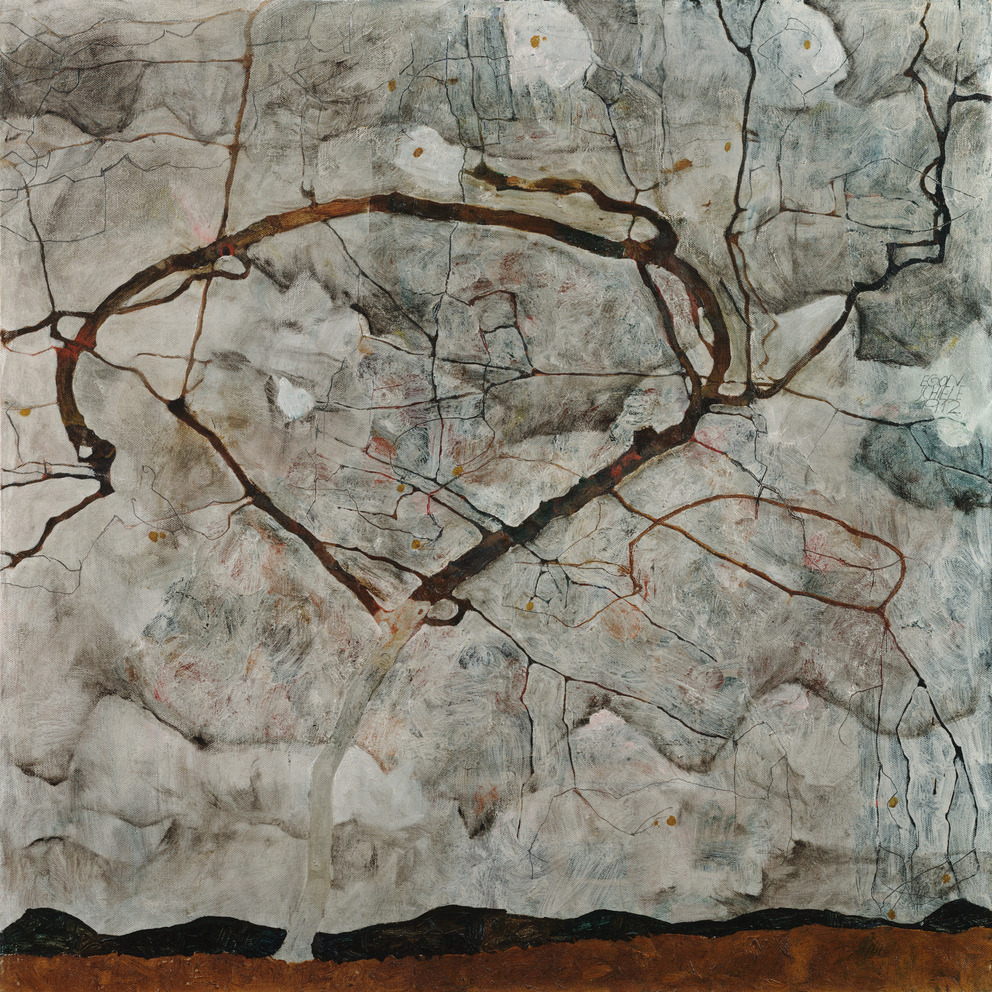
Leopold Museum,
Vienna
Vienna


Autumn Tree in Stirred Air (Winter Tree)
1912
(Tulln 1890–1918 Vienna)
If you have further information on this object, please contact us.
Magda Mautner-Markhof, Wien u. Salzburg (1912-1944); (1)
Dr. Klaus Grasmayer, Salzburg (1944-1954); (2)
Dr. Rudolf Leopold, Wien (1954-1994); (3)
Leopold Museum-Privatstiftung, Wien (1994).
For provenance related information, please contact us.
2023/2024 Partial funding for digitization by the Federal Ministry for Arts, Culture, the Civil Service and Sport „Kulturerbe digital“ as part of NextGenerationEU.

